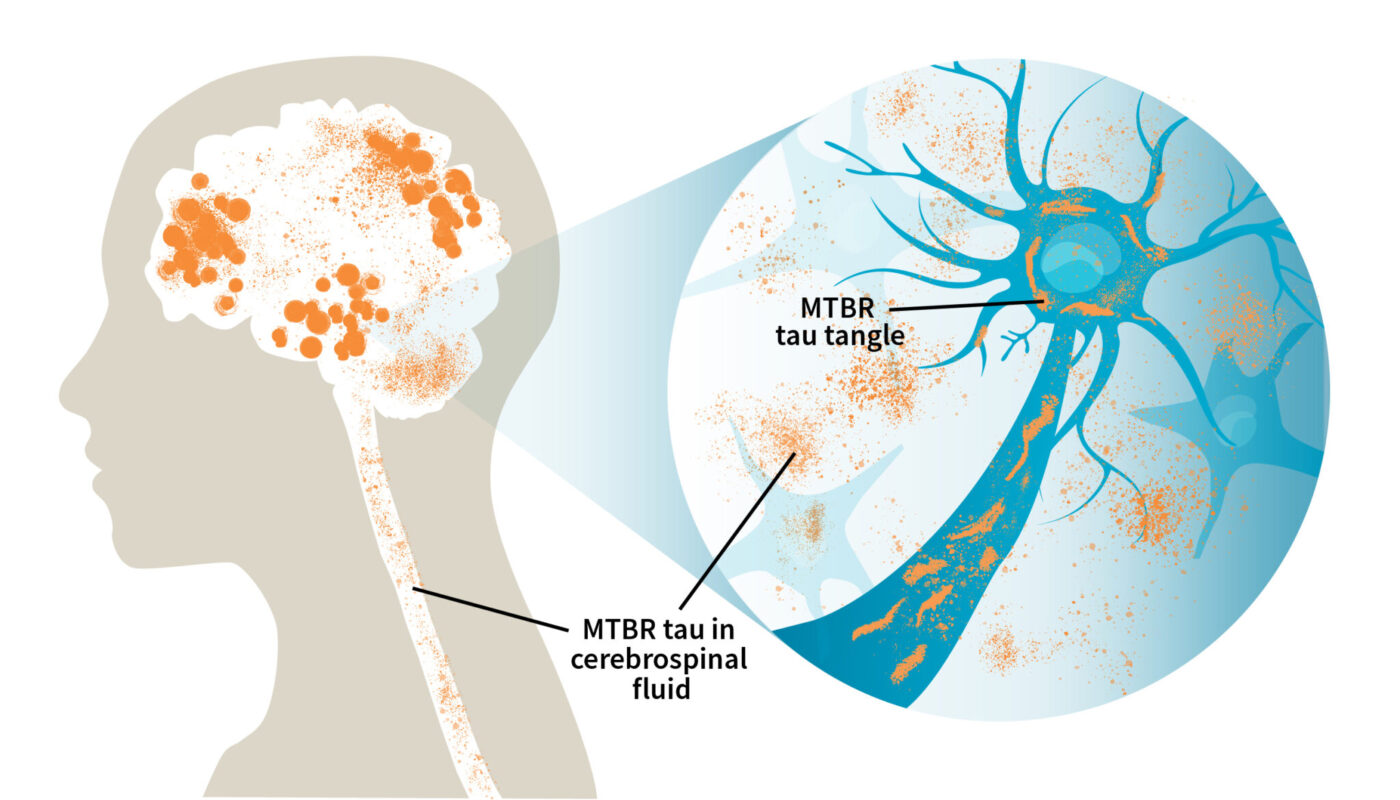Researchers led by Prof. Yimin Luo have developed a new methodology to better understand the dynamics of cells during embryonic development. The study, published in the journal PRX Life, offers insights into various developmental processes and the invasion of tissues by cancer cells.
Cells are considered a form of active matter, interacting with each other and deriving energy from their surroundings. This concept applies to a broad range of biological systems, including flocks of birds, schools of fish, monolayers of cells, and colonies of bacteria. However, understanding the behavior of cells is much more challenging due to their smaller size and increased susceptibility to random fluctuations.
According to Prof. Luo, cells experience more random fluctuations when they are smaller. Identifying cellular motions accurately becomes complex, as cell trajectories are easily blurred by external forces. Observing and imaging cells on a large scale exacerbates the complexity of the analysis. While most researchers observe only a few hundred cells, Prof. Luo’s lab monitors thousands. Although more observations can help offset uncertainty, calibrating models with large data sets is extremely difficult.
To accurately model the alignment of cells to form tissues when they reach high densities, Prof. Luo and her team developed a hybrid process combining statistical learning approaches with physics-based models. This approach enhances efficiency by avoiding the need to test all possible feature combinations through simulations. The researchers utilized exploratory data analysis (EDA), a well-established technique, to select relevant features based on the information provided by the data.
By incorporating key features of cell behavior, such as specific fluctuations and cell-to-cell interactions, into their physics-based models, the researchers achieved more accurate calibration. They also developed computational tools to automate model construction and calibration, enabling the application of this methodology to other active matter systems.
This novel framework, according to Prof. Luo, offers a flexible approach that is more rational and less labor-intensive than purely data-driven models, while still providing valuable insights.
Understanding the dynamics of cells during development is crucial for elucidating the processes underlying tissue formation and the invasion of cancer cells. By utilizing this new methodology, researchers can gain a clearer understanding of complex cellular behavior, leading to advances in various fields, including developmental biology and cancer research. The hybrid approach combining statistical learning and physics-based models provides a valuable tool for studying active matter systems and holds promise for future research in this area.
Note:
- Source: Coherent Market Insights, Public sources, Desk research
- We have leveraged AI tools to mine information and compile it



